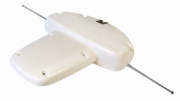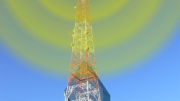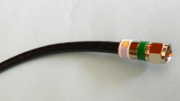If you are a first responder, you probably know what a base station antenna is. It’s the device that sits atop your station that sends and receives transmissions to emergency vehicles. These specialized antennas use frequencies between the FM and TV bands, and beneath cellular bands. Your department depends on the messages sent and received by these devices. That’s why having the right base station antenna is crucial to any first responder organization.
Even if you already have a base station antenna, the day could come where you need to upgrade it. Why? Because you might not know how long that antenna has been atop the roof of your station. Also, cities and municipalities are growing all the time. New buildings can interrupt the path between your existing antenna and your fleet. And, if your department is moving to a new station, your old antenna might not work well in the new installation. Since lives are on the line, you need to make sure you have the best base station antenna for your location.
When it comes to base station antennas, there is no one-size-fits-all solution. There are different types of these devices, including yagi, dipole, and monopole. Getting the best transmission and reception often depends on choosing the right one. As your antenna expert, Solid Signal helps first responders by explaining the different types of base station antennas and helping you choose the best one for your upgrade.
Yagi Base Station Antennas
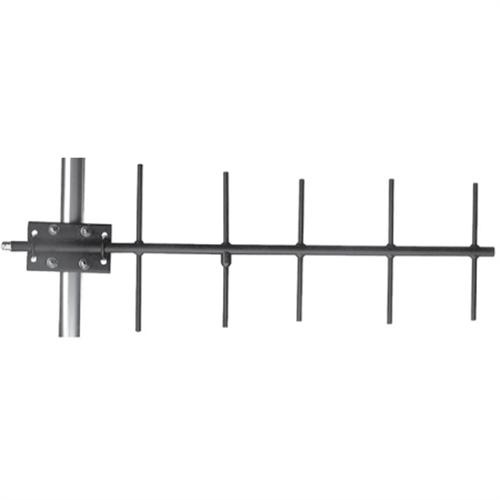
If you’re a cord-cutter, or you just grew up in the 1970s, you probably already know what a yagi antenna is. In most cases, these antennas are mounted horizontally and often have several “spines” or extensions coming off of them. Yagi antennas were commonly used as TV antennas in rural communities because of the aerial’s ability to receive signal over long distances. A specialized version of this classic design is also used as a base station antenna.
Yagi base station antennas are typically installed sideways, or parallel to the ground. Having waves at 90 degrees lets signals be stronger because they won’t interfere with regular radio and TV signals. This type of base station antenna tends to work best if your headquarters is located in a busy city with competing signals all around. Solid Signal carries hundreds of yagi base station antennas in our online inventory. Call us for a recommendation.
Monopole Base Station Antennas
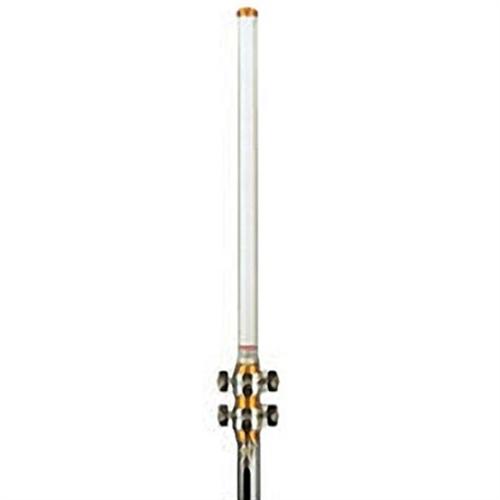
A monopole antenna typically features a straight rod-shaped conductor mounted over a conductive surface called a ground plane. The antenna receives and transmits the signal between the lower end of the monopole and the ground plane. Radio stations typically used monopole antennas to broadcast signal over a coverage area. Smaller versions of the monopole antenna are also used on vehicles.
Many first responder organizations use some type of monopole antenna at their bases. These antennas are great for transmitting and receiving signals to and from vehicles in the far reaches of your coverage area. Do you think you might need a monopole antenna at your station? Solid Signal can recommend one of many from our well-stocked online inventory.
Dipole Base Station Antennas

A dipole antenna, also called a doublet, is one of the most widely used classes of antennas. It typically consists of two elements, usually metal wires or rods, which project out from each end of the antenna. Signals are received and transmitted between the two halves of the antenna. The old “rabbit ears” TV antennas are a good example of a simple form of dipole antennas. Rest assured that the dipole antennas used at first responder bases are both sturdy and reliable.
They have to be because of how important sending and receive signals are to first responders. A collinear folded dipole array is typically used at base station. These antenna configurations feature four dipoles attached to the main antenna pole. This is done to increase directional gain. Solid Signal carries a variety of dipole base station antennas, and our reps are happy to match your municipality or company with the best one.
“What Base Station Antenna do I Need?”
If you’re asking this question, you’re probably a first responder who’s considering an antenna upgrade. Maybe you’re department is adding new facilities, or you need to place an antenna on a tower because of new developments in your area. Whatever the case, Solid Signal can help. Our team understands that the type of antenna you get depends on the frequency range and reception you need. Just give us a call at 888-233-7563 to talk with one of our antenna experts. They will ask you a few questions to help them determine what will work best for your specific first responder and fleet scenario.
Signal Connect Supports First Responders
We’re offers some great deals for EMS workers and other first responders. Okay, technically Signal Connect, a division of Solid Signal, is offering the deals; but, we’re all one, big happy family over here. Signal Connect wants to help first responders and their families save big on things they can use everyday. Qualifying emergency personnel may enjoy these savings:
-
25% off monthly AT&T wireless services
-
$15 off monthly DIRECTV bills
-
$15/month off home Internet services
These are some great deals, but they won’t last forever. If you’re a first responder who’s attending the EMS World Expo 2018, you can always stop by booth 1906 to talk directly with a Signal Connect rep. If you want to start saving on these services right away, you can always give us a call at 888-233-7563. The reps at Signal Connect truly appreciate all that first responders do, and they’ll be happy to answer your questions and help you save money on these services.


